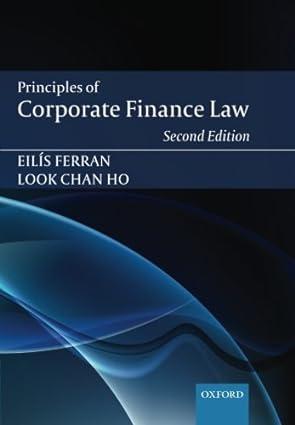Question
Use the following information: Today is June 8 th The company knows that it will need 20,000 barrels of jet oil oil at some time
Use the following information:
Today is June 8th
The company knows that it will need 20,000 barrels of jet oil oil at some time in October or November.
Heating oil futures contracts are currently traded for delivery every month on the exchange
Each contract size is 1,000 barrels.
the standard deviation of monthly changes in the price of a jet oil is 0.55,
the standard deviation of monthly changes in the futures prices of a heating oil is 0.71,
and the coefficient correlation between the two changes is 0.85
Futures price on June 8 is $85.00 per barrel.
Later, the company finds that it is ready to purchase the jet oil on October 10
Spot price (of jet fuel) and futures price (on heating oil) on Oct. 10 are $89.00 per barrel and $87.80 per barrel.
1. What is the optimal hedge ratio
2. What is the optimal number of contracts?
3. Should the company take LONG or SHORT?
4. Which delivery month?
5. With asset mismatch and timing mismatch, what is the total effective price paid? And what is the effective price the company paid per barrel?
6. If no cross hedging was necessary (i.e. no asset mismatch, hence the optimal hedge ratio would be 1), assuming that there was a JET OIL FUTURES, what would have been the number of contracts to enter? And what would have been the effective price per barrel and the total effective price paid on Oct. 10?
7. If it was a perfect hedge (no timing mismatch or asset mismatch at all), what would have been the effective price per barrel and the total effective price?
Step by Step Solution
There are 3 Steps involved in it
Step: 1

Get Instant Access to Expert-Tailored Solutions
See step-by-step solutions with expert insights and AI powered tools for academic success
Step: 2

Step: 3

Ace Your Homework with AI
Get the answers you need in no time with our AI-driven, step-by-step assistance
Get Started


